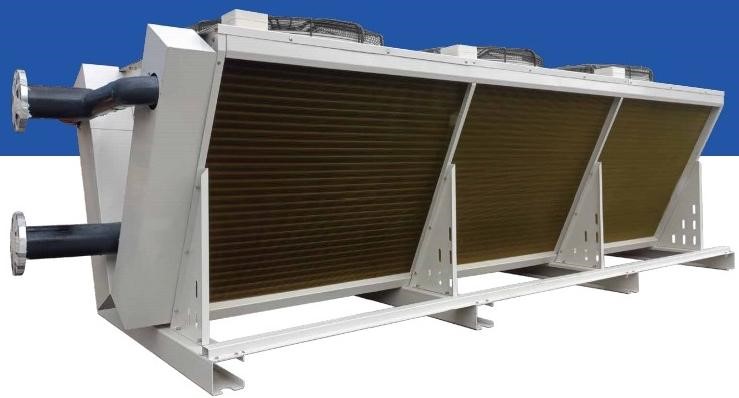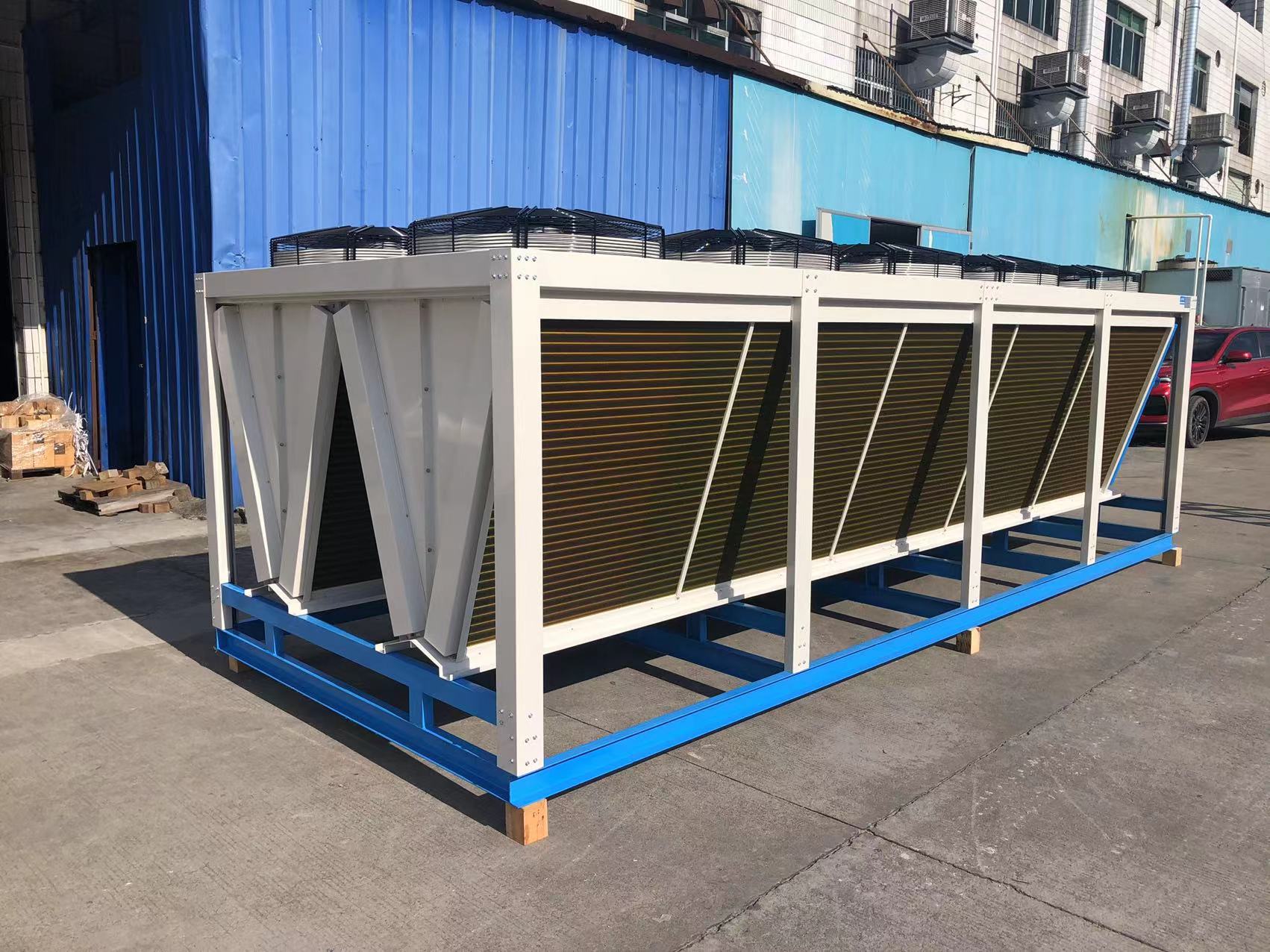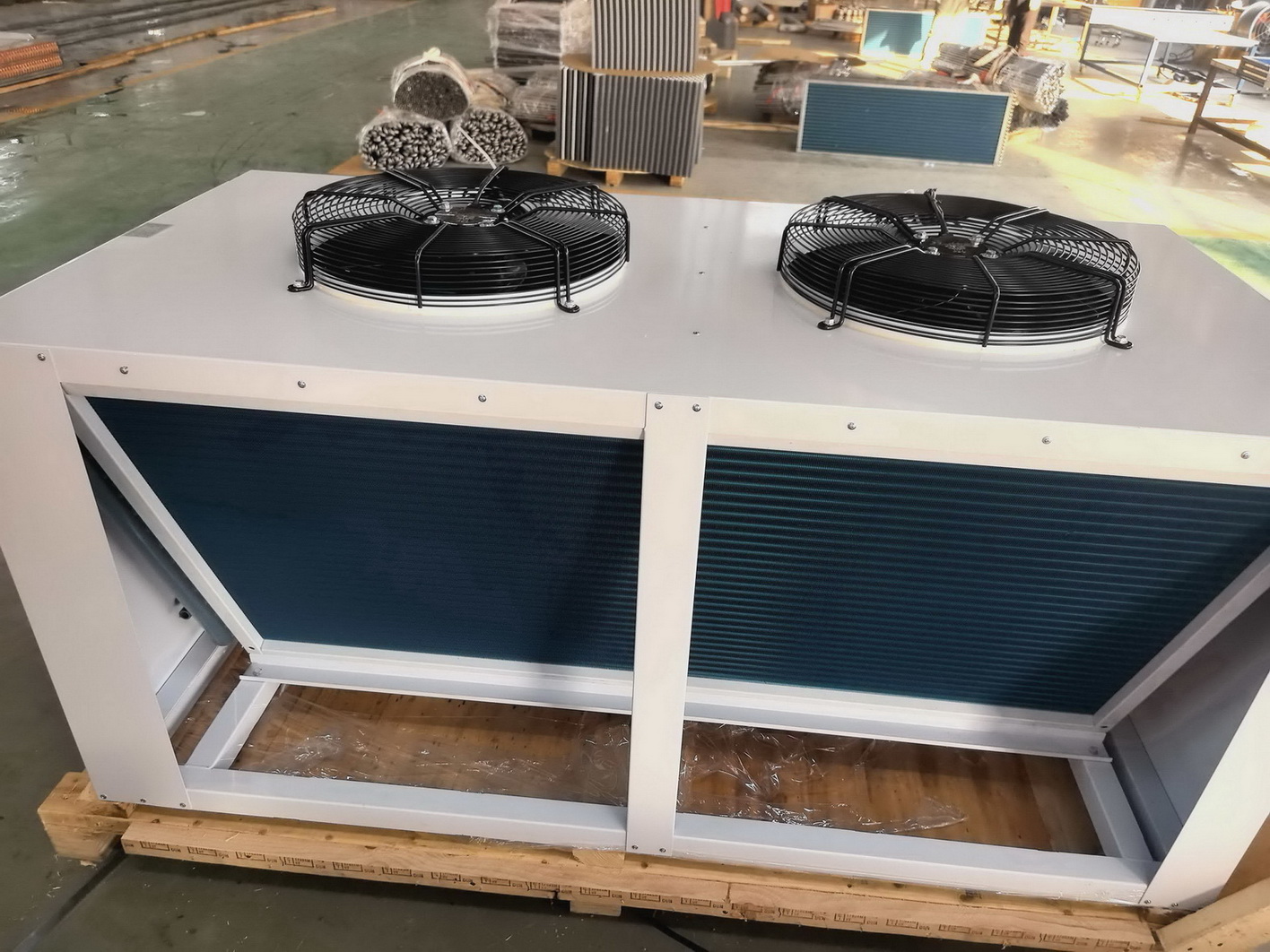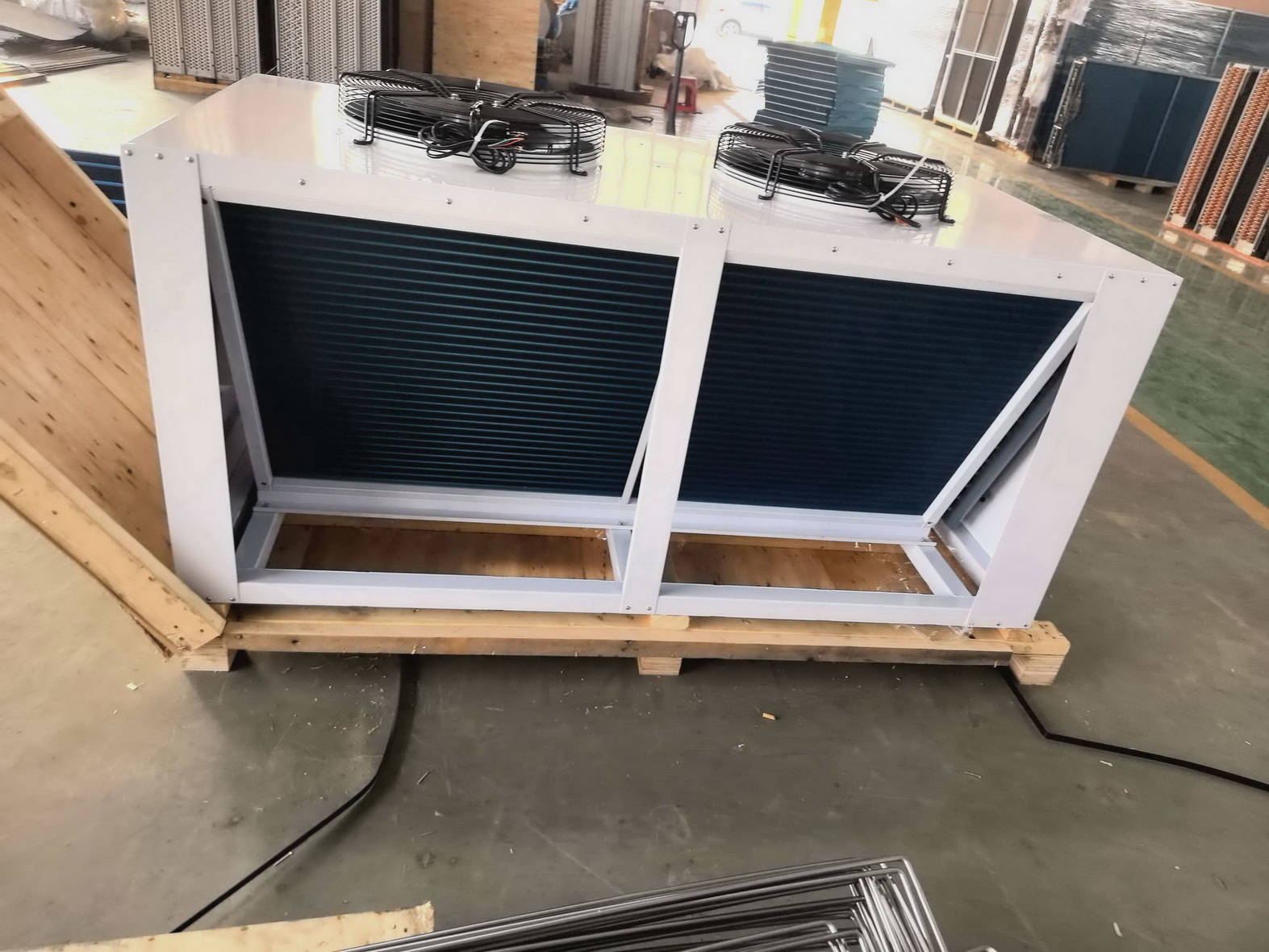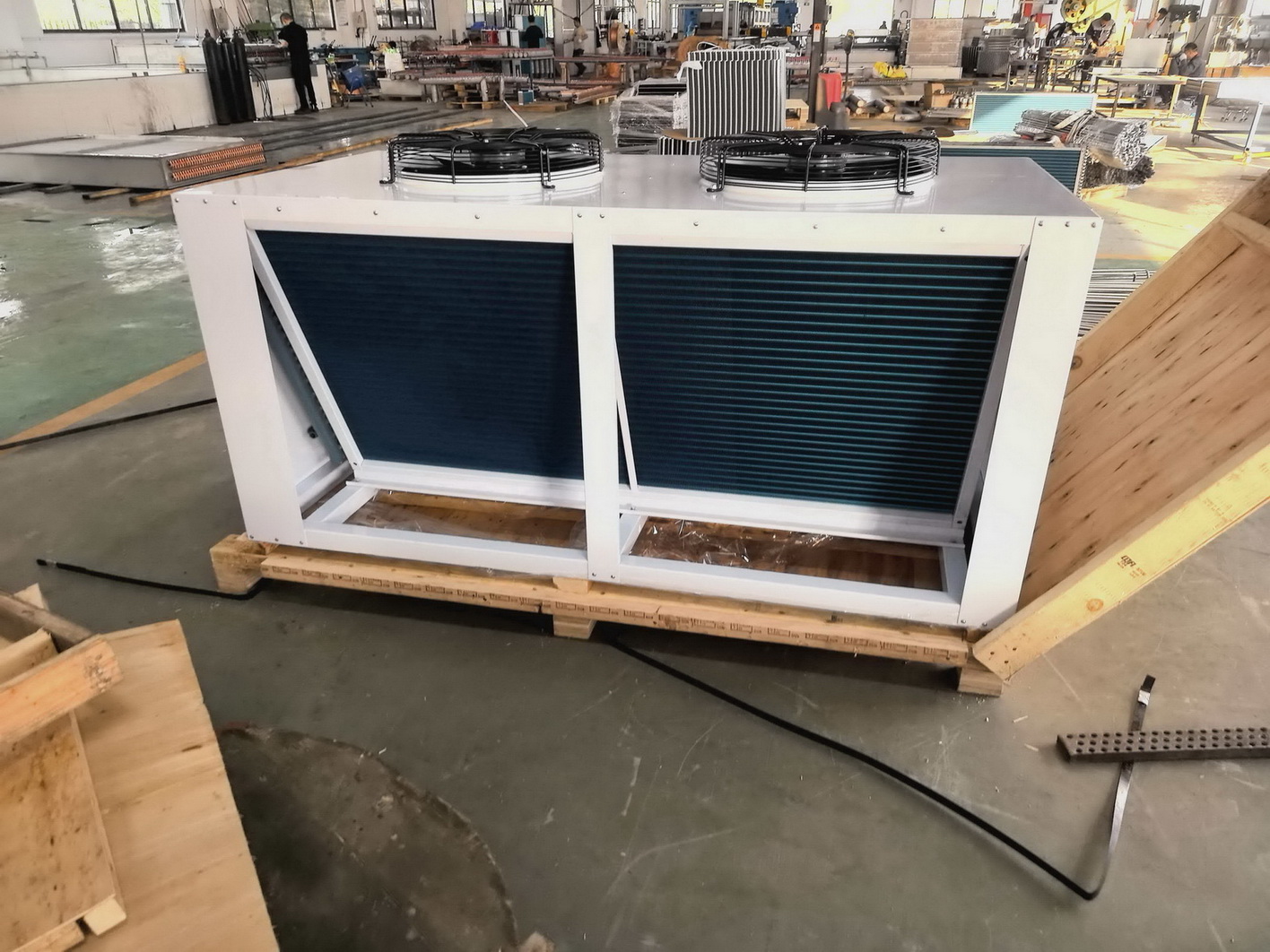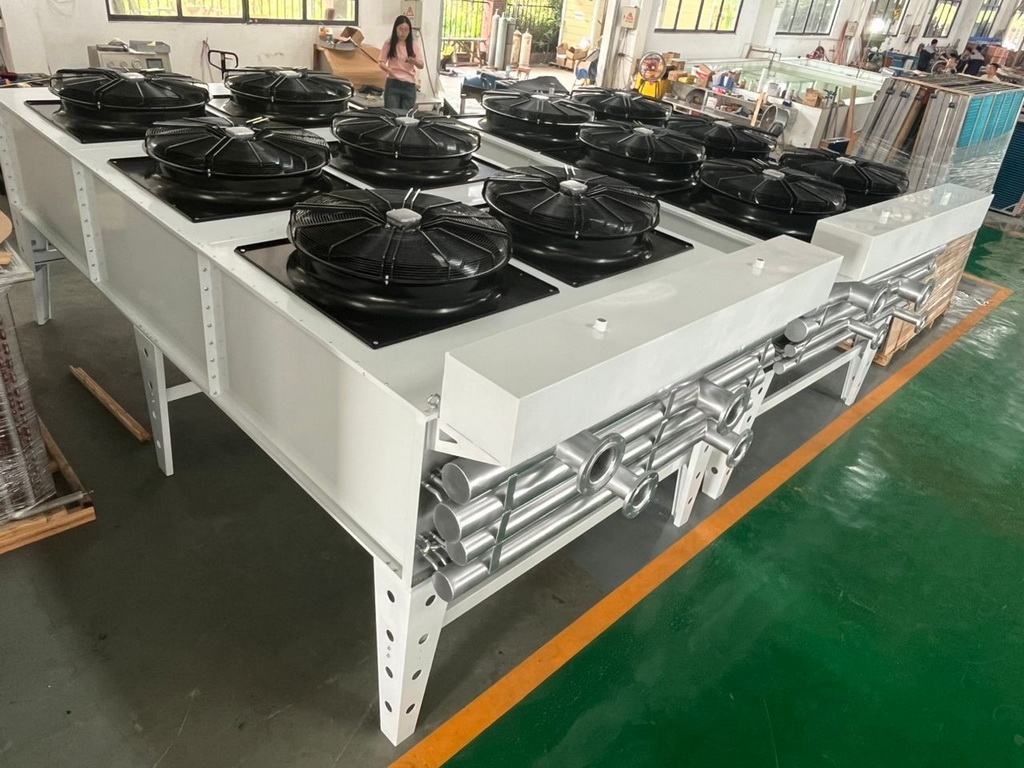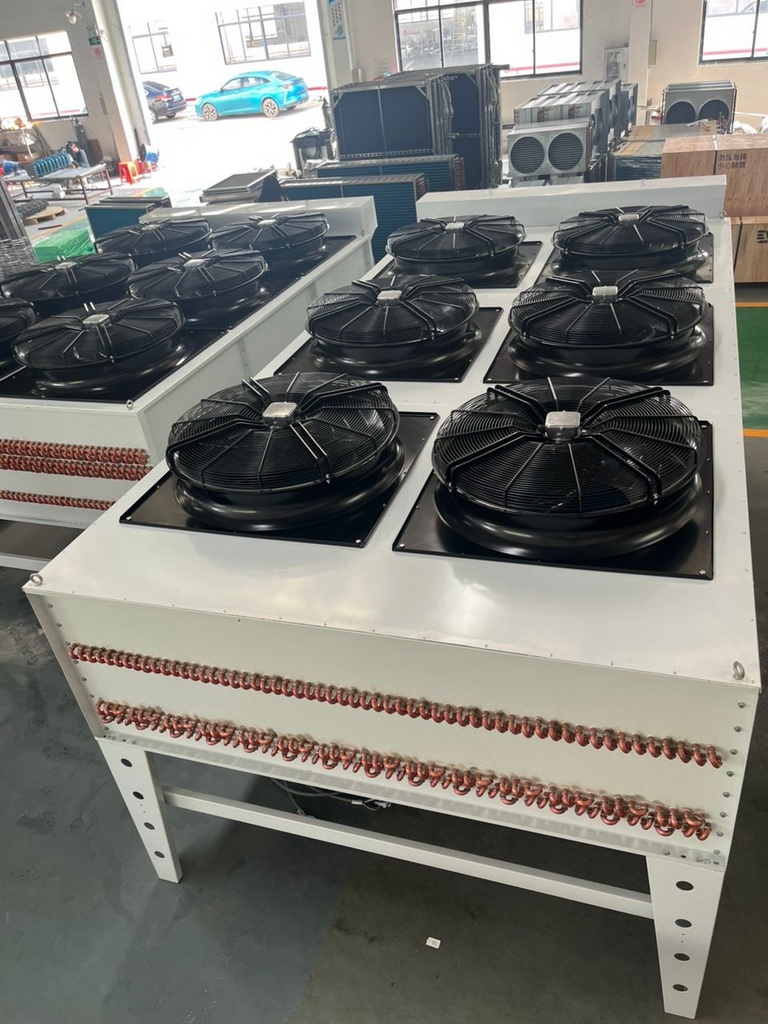Manufacturer FAQs: Custom Dry Coolers
Q1: Can dry coolers be used in high temperature or tropical areas?
A: Yes, just increase the heat exchange area appropriately according to local climate conditions or select a larger air volume fan. In tropical areas, low temperatures are usually used at night for heat dissipation and combined with a cold storage system to improve efficiency.
Q2: Are dry coolers suitable replacements for cooling towers?
A: In applications where the cooling water temperature must be no less than 5-10°C below the ambient temperature, dry coolers can completely replace cooling towers. They are also easier to maintain and more environmentally friendly.
Q3: Do dry coolers require regular maintenance?
A: Yes, but infrequently. We recommend cleaning the heat exchange fins and checking the fan and electronic control components quarterly.
Q4: Is it noisy during operation?
A: Conventional fans generate some noise during operation, but this can be effectively controlled by selecting a low-noise fan or installing a soundproofing cover.
Q5: Will it freeze and crack in winter?
A: When used in cold regions, an antifreeze design should be selected and antifreeze should be added to prevent damage from freezing.
Q6: Does a dry cooler require a long installation period?
A: Compared to complex wet cooling systems, dry coolers are faster to install, and standard models can generally be deployed on-site within 3-5 days.
Q8: What is the lifespan of a dry cooler?
A: The typical lifespan is 10-15 years. With regular maintenance and corrosion-resistant construction, the lifespan can reach 20 years or even longer.
